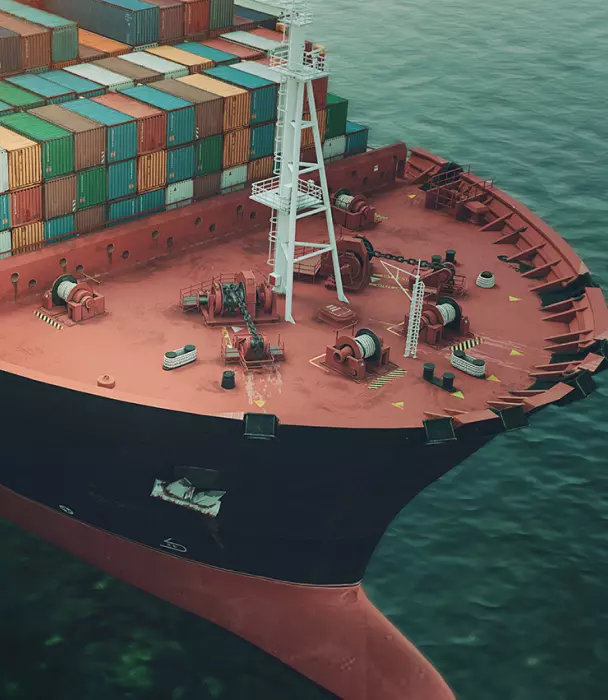As the world continues to digitize and becomes increasingly automated, almost all traditional fields of work are being affected—and Freight forwarding is no exception. The digital freight forwarding industry has been rapidly growing in recent years, as more companies have begun operating online and offering services that traditionally were handled by long-established traditional freight forwarders. In our fast paced world, velocity is one of the main keys. Customers are connected via their mobile devices, so they can track/ approach suppliers at any time and from any place, and usually expect fast, online responses, especially within working hours.
In this article, we will review the differences between traditional and digital freight forwarding, as well as the different Pros and Cons.
What are the differences between traditional and digital freight forwarding?
-
Contact with customer: Fast replies and immediate answers have become basic ingredients in today’s customer experience expectation. Traditional Freight Forwarders will usually use the phone, sometimes mail to contact customers. Digital Freight Forwarders will use immediate communication tools like mail, chat and are usually connected via different communication flows to insure immediate response.
-
Receiving a quote: Traditional Freight Forwarders will usually quote the carrier that best fits the customer’s needs based on the carriers they work with. If you want to compare different quotes, you’ll have to do it manually. Digital Freight Forwarders provide a platform where you can check and compare yourself within minutes.
-
Documentation: Shipping documentation is a major and crucial part of every shipment. Traditional Freight Forwarders will usually correspond over a number of mails until the last version is approved and they can pick it up/ download from the website. Digital Freight Forwarders have a platform that allows them to share the documents online with the customer.
-
Track & Trace: Customers expect to be able to check and receive live updates on the shipments, without having to contact the shipper/ consignee/ freight forwarder and wait for a reply. Traditional freight forwarders struggle with this, while digital freight forwarders connect their systems to different tracking tools that allow that, and give a visible real time tracking experience to their customers.
While digital freight forwarders have an advantage over their traditional counterparts in many ways, we can see that many of those older companies are adapting to the new world and digitizing themselves as well, in order to remain competitive. We should also keep in mind that despite their advantages over traditional freight forwarders, digital freight forwarding companies will have to keep modernizing in order to keep pace with the growing competition. With additional technologies around the corner, like AI, Machine learning, Blockchain and more, we can expect to see more rapid developments already in the near future.


